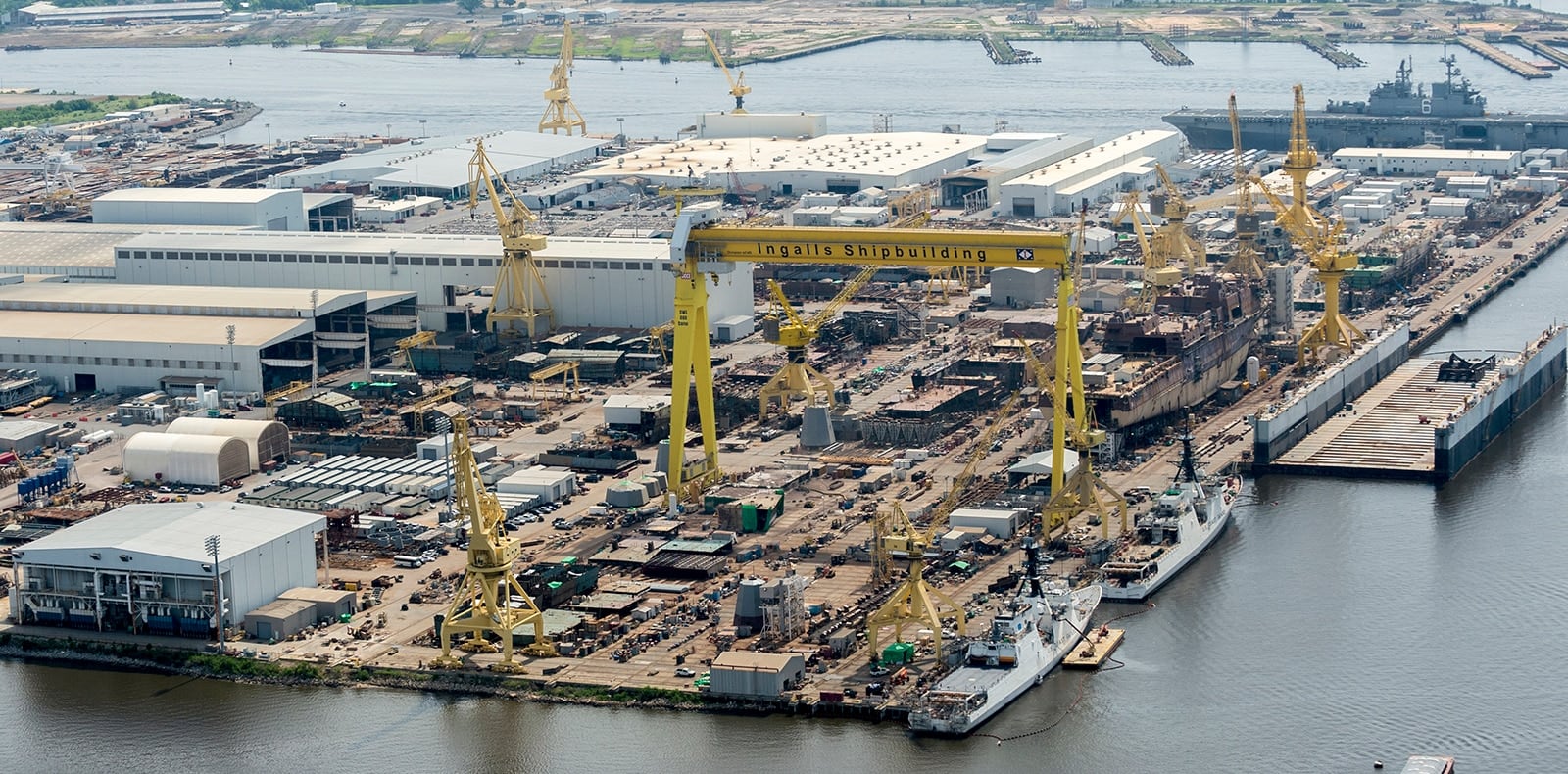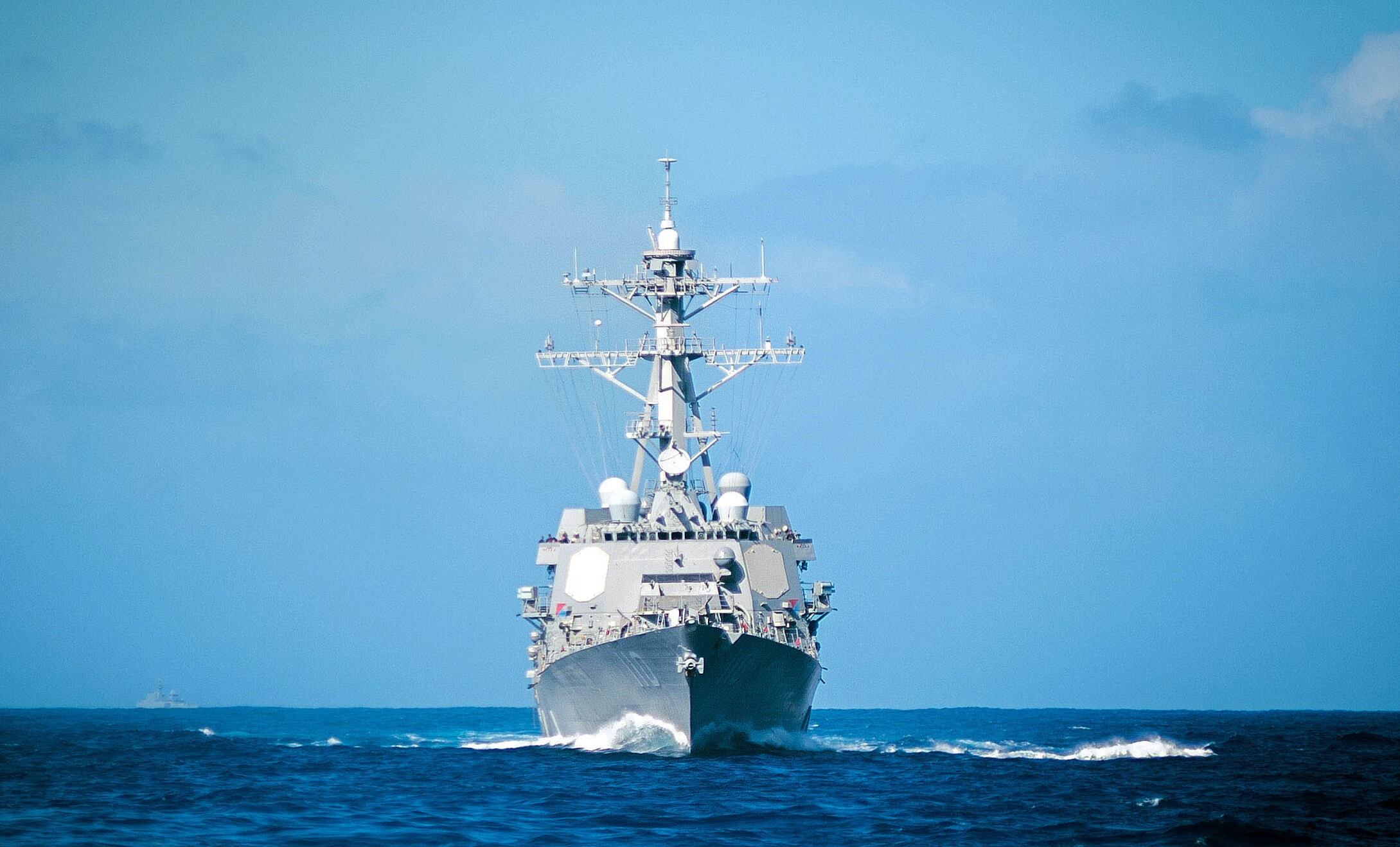WASHINGTON — With bigger, faster missiles in development and bound for the fleet, the U.S. Navy’s engineers are considering installing upgraded launchers on the stalwart Arleigh Burke-class destroyers.
The head of Naval Sea Systems Command, Vice Adm. Thomas Moore, told an audience at a conference of naval engineers that the Arleigh Burkes — due to their vertical launch system and Aegis missile capabilities — were easier to keep relevant than other destroyers such as the Adams and Spruance classes. Still, with the service attempting to keep the ships longer, new launchers may be in order to pace the threat from Russia and China, which have been developing their own hypersonic weapons.
“Vertical launch system has been a real game changer for us. We can shoot any number of things out of those launchers,” Moore said. “We’ll probably change those out and upgrade them for prompt strike weapons down the road.”
RELATED

Putting hypersonic weapons on surface ships would greatly increase the effectiveness of their strike capabilities. The current main strike weapon, the Tomahawk Land Attack Missile, is a subsonic missile that is vulnerable to evermore advanced Russian and Chinese air defenses.
Prompt strike, which refers to a Pentagon-wide effort to field hypersonic weapons to quickly strike anywhere in the world, are most likely coming first to submarines, said Thomas Callender, a retired submarine officer and analyst with the Heritage Foundation. Because subs are stealthy and can sneak in close to land undetected more easily than a surface ship, they make the most sense.
“They’re looking at putting hypersonics on submarines first because where you can get access,” Callender said. “You can potentially then put them on surface ships as an added capability for them, but the submarines would be the priority for access and the ranges you can achieve.”
The Navy is designing a new large surface combatant to replace the cruisers and ultimately the destroyers with larger missiles in mind. As a result, the ship may be fairly large, former Surface Warfare Director Rear Adm. Ron Boxall told Defense News last year.
RELATED

The benefit of larger vertical launch cells is that you can pack more missiles into each cell, if you are not using the cell for the larger hypersonic missiles, Boxall said.
“We are going to need, we expect, space for longer-range missiles,” he said. They are going to be bigger. So the idea that you could make a bigger cell, even if you don’t use it for one big missile, you could use it for multiple missiles — quad-pack, eight-pack, whatever.”
The missiles that would go into a larger launcher are still very much under development.
The Navy is teamed with the Army to develop a booster for a hypersonic missile, and the Army is leading a team with the Navy and Air Force to internally build a common glide body that is producible on a larger scale.
Radar upgrades
Naval Sea Systems Command is also examining installation of a scaled-down version of the air and missile defense radar AN/SPY-6, under development for the Flight III DDG. The scope of that project, however, remains to be determined.
“We are looking at a scaled-back version of the air and missile defense radar to back-fit the Flight Is and Flight IIs, similar to how we are looking for a version of the [Enterprise Air Search Radar] developed for [the Ford-class aircraft carriers] to back-fit on some of the old Nimitz class,” Moore said.
“I’m not sure how many ships it is going to go on, we’re still doing the design work. It’s a fairly significant change to the structure of the ship, AMDR versus Spy.”
The purpose of the upgrade would be used to track the faster, more dynamic missiles under development by Russia and China.
The array is a smaller version of the SPY-6 intended for the Flight III DDG, the first of which is now under construction at Huntington Ingalls Industries. The SPY-6 destined for DDG-125 will have 37 radar modular assemblies, or RMA, which are 2-foot-by-2-foot-by-2-foot boxes that use gallium nitride technology to direct radar energy on air targets. The Flight IIA version will have 24 RMAs in the array.
A version of the radar planned for the FFG(X) future frigate is a nine-RMA configuration.
The Navy wants to upgrade all of its DDGs to Aegis Baseline 9 or higher with a ballistic missile defense capability and extend the service lives to 45 years as part of an effort to grow the fleet.
But the Navy is going to try to get 50 years out of its Flight IIA ships. The IIAs make up the bulk of the DDG fleet, with 46 total planned for the service — DDG-79 through DDG-124. DDG-127 will also be a Flight IIA.
That upgraded SPY-6 will be far easier to maintain than the current SPY-1D. Raytheon claims the radar can be maintained by simply removing an RMA and switching it out with a new one, with the rest of the work performed offsite.
David B. Larter was the naval warfare reporter for Defense News.








